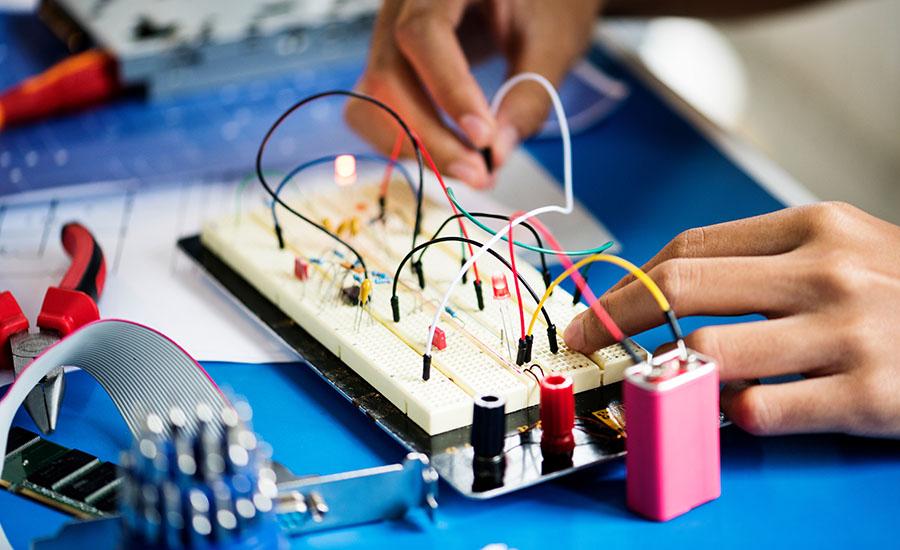
“Don’t Lose the Light”- a Hands-on Approach to Exponential Decay
by Karen Larsen
This hands-on lesson helps students understand exponential functions by using an LED circuit. LED luminosity decreases at an exponential rate as more are added in series.
As students add more lights to the circuit, they will see the brightness of the lights dim and by measuring luminosity with a simple cell phone app, the students can actually chart the decrease in luminosity and find a trend line.
Lesson Plan Link/URL
https://docs.google.com/presentation/d/1-Nl3KyBQN4GFVK0uHkkhL3b9Q1fgGm9z/edit?u…Subject Area
Science Physical Science P4: Energy Transfer Technology 4. Innovative Designer Engineering S2: Apply the Engineering Design Process S3: Apply Mathematics to Engineering S4: Apply Science to Engineering S5: Apply Technology to Engineering Mathematics Measurement and Data (MD) Algebra (A) Reasoning with Functions and Relations (RFR)
Featured
Off
Related Content

Featured
Makey Makey Storyboards
Grades:
Kindergarten, 1st Grade, 2nd Grade, 3rd Grade, 4th Grade, 5th Grade, 6th Grade, 7th Grade, 8th Grade, 9th Grade, 10th Grade, 11th Grade, 12th Grade
This lesson takes students through the process of creating an interactive storyboard using a Makey Makey circuit board. This lesson can be adjusted for any grade level with examples given in the 4th

Grades:
7th Grade, 8th Grade, 9th Grade, 10th Grade, 11th Grade, 12th Grade
Dive into the physics and engineering and programming of holonomic drives! Learn to code and control movement for your FTC robot with hands-on activities and real-world applications.

Grades:
7th Grade, 8th Grade, 9th Grade, 10th Grade, 11th Grade, 12th Grade
This lesson is a whole unit on energy. It can be broken up into 10 separate lessons. I chose to put them all together so that it was easier to see how I organized them so you did not have to search